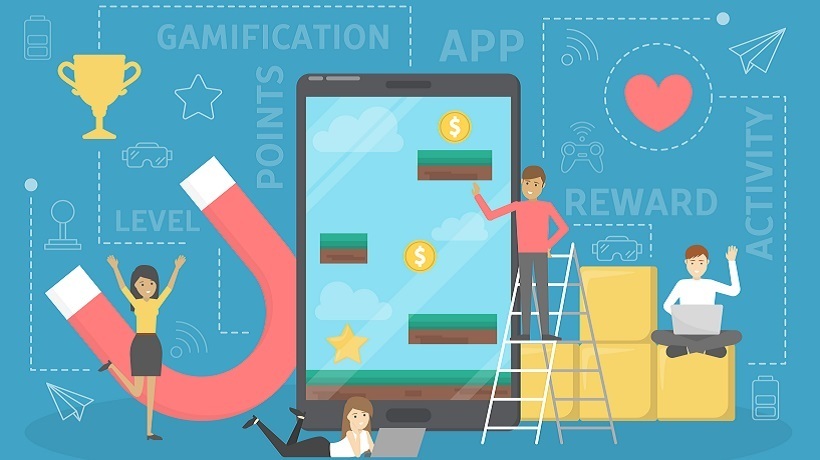If Boredom Is eLearning's Worst Enemy, Gamification Is Definitely The Solution
And why do we get bored? Two reasons. One, we’re idle, and don’t have anything to do. Two, the information presented to us is too much for our brain to handle. Nobody’s really idle (unless they don’t want to do anything) in the busy world we live in, so most people suffering from boredom do so due to the second reason.
eLearning, corporate eLearning to be specific, has a reputation to bore the living daylights out of learners (their words, not mine). The reason for this, is simple.
Learners may not like to learn new things, even though they really want to. It’s the process which bores them or, as explained earlier, the information presented to corporate learners in their L&D training modules is presented in such a way that it is too much for their brains to handle. If you don’t understand something, and it goes on and on, you’ll be pretty bored too, right? Until and unless we find a way to present learning in such a way that it actually engages and entertains the learners, captures their attention while driving home the main points of a learning module, boredom wins. When boredom wins, learning loses.
But, that is easier said than done! How do you take learning, and make it entertaining? I have something in mind.
Gamification
If you are a digitally aware person living in this modern world, chances are, you’ve played games. Video games, computer games, console games, any kind of games. In fact, statistics say 75% of people who are digitally aware have played at least some form of games.
As its name suggests, gamification is the application of typical elements of game play (e.g. point scoring, competition with others, rules of play) to encourage engagement with eLearning. Gamification is used to turn repetitive, plain, boring eLearning courses into entertaining and engaging gamified eLearning courses.
But how do we know that gamification is the way to combat boredom and make sure that the learners actually retain the information presented to them, and not another distraction that will further reduce their job efficiency and waste the budget an organization puts into it? Let’s take a look.
1. It’s Not A Game
The most important thing to understand is perhaps the fact that gamification doesn’t mean turning your course into a game. It just means adopting game dynamics or certain aspects of games into an eLearning course. Gamification is, in fact, a design sensibility that uses the same aspects (e.g. scoreboards, rewards, achievements) a game uses to keep gamers hooked. In the case of a gamified eLearning course, that design sensibility is used to keep learners hooked.
2. It Makes Learners Feel Good About Themselves
A well-designed gamified eLearning course will allow learners to view awards and achievements in their dashboard and then share those with their colleagues. This makes them feel good about themselves. A satisfied learner bragging about their learning experience helps an organization thrive and scale.
3. It Fosters Healthy Competition
Gamified eLearning courses usually have leaderboards where the learner with the most badges, credits, points, stars, etc., moves to the top of the leaderboard. This motivates other learners to work harder. This fosters healthy competition in an organization and increases engagement with one another.
4. It Gives Learners Intrinsic Motivation
While rewards, achievements and badges have no actual value, just the thought of acquiring them is enough to motivate learners (again, as they have something to show and brag about). Badges and the like make learners feel accomplished. This way, the learners are learning to work to acquire skills and knowledge, without receiving anything tangible in return.
5. It Offers Smaller Milestones Instead Of One Big Goal
When learners have a long-term goal to meet, it can greatly diminish their motivation and excitement, like watching a tall peak from its foot. Gamified eLearning courses offer small rewards at every milestone, so learners remain motivated, with the larger goal – the top of the peak – in sight.
Gamification is one of the biggest trends of 2019, and is here to stay. Gamification has always been and will be, for the foreseeable future, a part of the eLearning arsenal.









